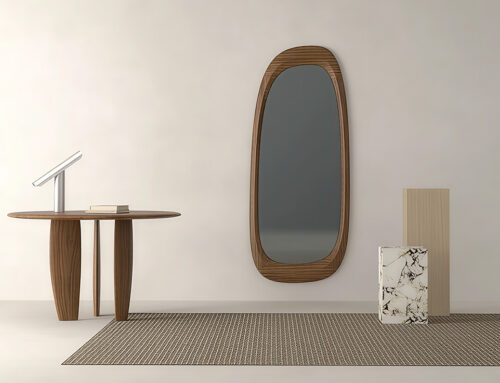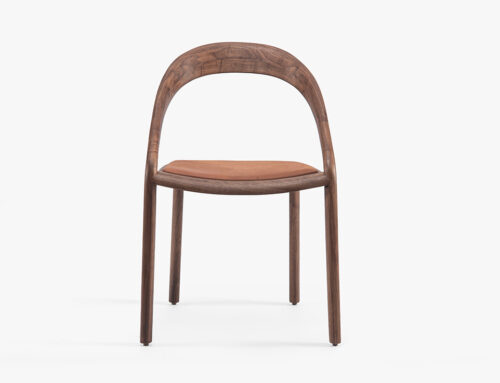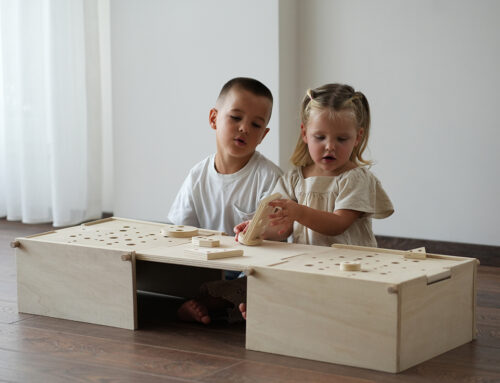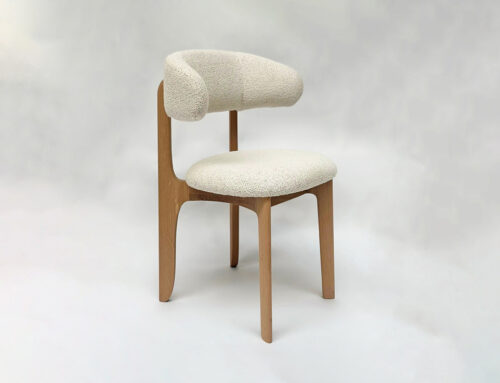Is there any person or idea that you would consider most influential in today’s creative environment, if so can you comment how does it reflect on yourself?
In some way, we are all shaped by the works or manifestos of certain influential persons in architecture in design, but reflecting upon particular ideas and concepts in both theory and practice is even more relevant. For instance, the notion of identity in the built environment of all scales has always been an important subject. As opposed to the design uniformity and the production of non-places, issues of identity and human perspective in design should be perpetually explored at all scales – from cities, as in Gehl’s perspective on public spaces, to the projection of identity in the private, interior environments and atmospheres, as delibirated by Juhani Pallasmaa.

Last year BIG introduced Mars science city, Zaha Hadid architects are building provocative shapes for quite a while and 3D printing is starting to produce reliable results, what is in your opinion the direction architecture is going to take in the near future ?
The cited avant-garde projects by BIG and Zaha Hadid architects show that architecture is audaciously keeping up with the global progress and is finally in tune with the advanced technologies. On the other hand, critical assessment of these innovative and technologically-lead concepts should address their impact on environmental and social issues of today and tomorrow, and whether their qualities go beyond sensationalism in imagery, form, materials and fabrication.
In any design process we come across little moments of insecurity, when we can sense that something is missing, something is not quite right. What are some red flags to watch out for in you design process?
Moments of insecurity or uncertainty in the design process are normal and can be regarded as opportunities, as they can motivate you to explore more options, experiment and think outside the box, whereas the moments of miscommunication with the stakeholders in the process (the clients, the contractors etc.) can sometimes be risky and disorientating.

Where do you get your news? Today are over saturated with information, but mostly we don’t go searching for news, the news somehow finds us and yet no one has time for TV, social media is gaining negative feedback and hard copy newspapers are almost not existing so I was wondering, where do you get your news?
We are all exposed to overloads of information and updates from all sorts of analogue and digital sources and channels – the books, science and professional journals, lectures and exhibitions, live communication with the stakeholders the design and construction process, to the internet portals, YouTube channels and social media. In this sense, the real challenge is to be able to filter the information we “consume” and to be able to distinguish between the news, the junk news, the knowledge and skills, valuing what is meaningful and what we might actually learn. The social media is virtually impossible to be avoided nor should it be necessarily condemned or regarded as negative. It is up to us whether we will have control, and whether it will have impact over our thinking and creative process or vice versa.

Is there some architectural quote that sticked with you from architectural school till today? What was the idea that as student you found it inspiring but today seems silly to you?
My understanding of space and architecture has changed countless times since I was a student to the present day, and the only constant that has remained unchanged is the sense of curiosity and the desire – to learn, to experience and to appreciate the spatial phenomena in the world we live in.
FILE
Interviewer: Eva Vasileska
Architect: Nermina Zagora
Studio: Firma d.o.o.
Country: Bosnia and Herzegovina






